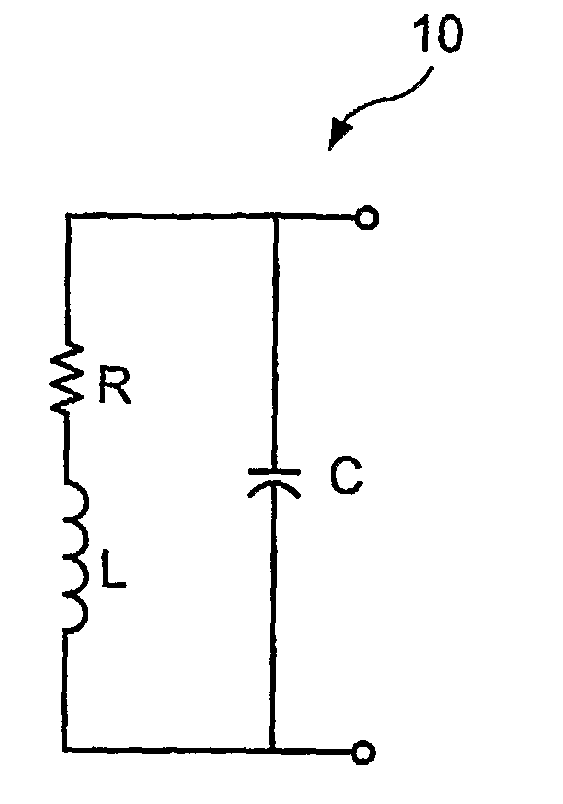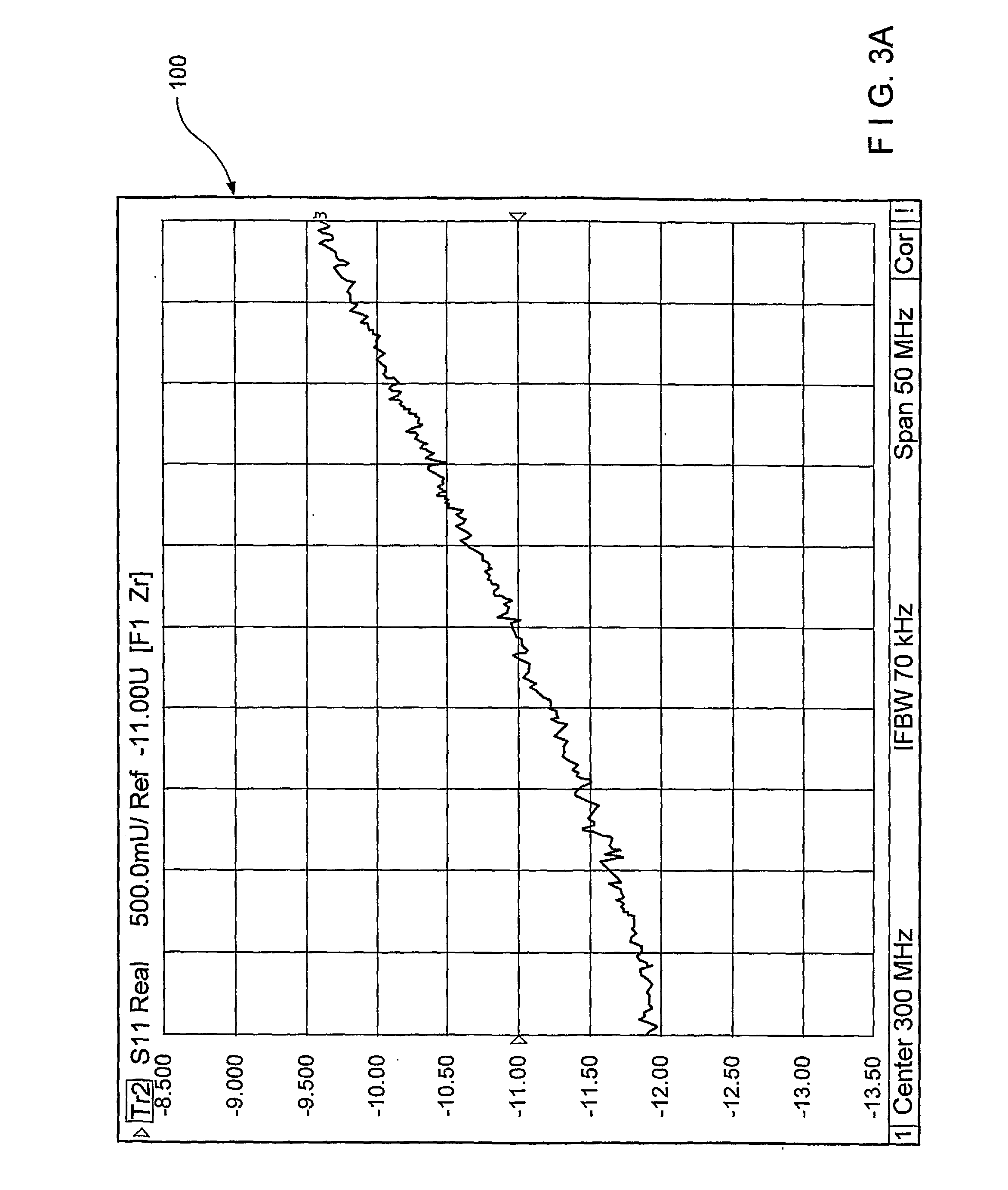Active radio frequency coil for high field magnetic resonance imaging
a radio frequency coil and high field technology, applied in the direction of dynamo-electric relays, using reradiation, instruments, etc., can solve the problems of reducing the efficiency of conventional passive radio frequency coils, and reducing the effect of arrangement negative resistan
- Summary
- Abstract
- Description
- Claims
- Application Information
AI Technical Summary
Benefits of technology
Problems solved by technology
Method used
Image
Examples
Embodiment Construction
[0019] Conventional MRI RF coils have utilized passive resonators (“PR”) which can be modeled with a variety of LCR circuits, as described in Chen C-N et al., Biomedical Magnetic Resonance Technology, Adam Hilger (1989). Although there are some active parts on various coils, such as diodes, these active parts are likely only provided for a transmit / receive (“TR”) switch, and generally do not contribute to coil tuning and matching. To demonstrate the limitation of passive resonators in lossy conditions which is likely the reality in high field, it is possible to analyze a simplified circuit model for a conventional surface coil 10 (shown in FIG. 1) In this conventional coil 10, L is the inductance of copper strip, C is the tuning capacitor, and a resistor R is the sum of sample loss and coil loss. As shown in FIG. 1, the resistor R and the inductor L are provided in series, and such arrangement of the resistor R and the inductor L is provided in parallel with the capacitor C. The res...
PUM
 Login to View More
Login to View More Abstract
Description
Claims
Application Information
 Login to View More
Login to View More - R&D
- Intellectual Property
- Life Sciences
- Materials
- Tech Scout
- Unparalleled Data Quality
- Higher Quality Content
- 60% Fewer Hallucinations
Browse by: Latest US Patents, China's latest patents, Technical Efficacy Thesaurus, Application Domain, Technology Topic, Popular Technical Reports.
© 2025 PatSnap. All rights reserved.Legal|Privacy policy|Modern Slavery Act Transparency Statement|Sitemap|About US| Contact US: help@patsnap.com



